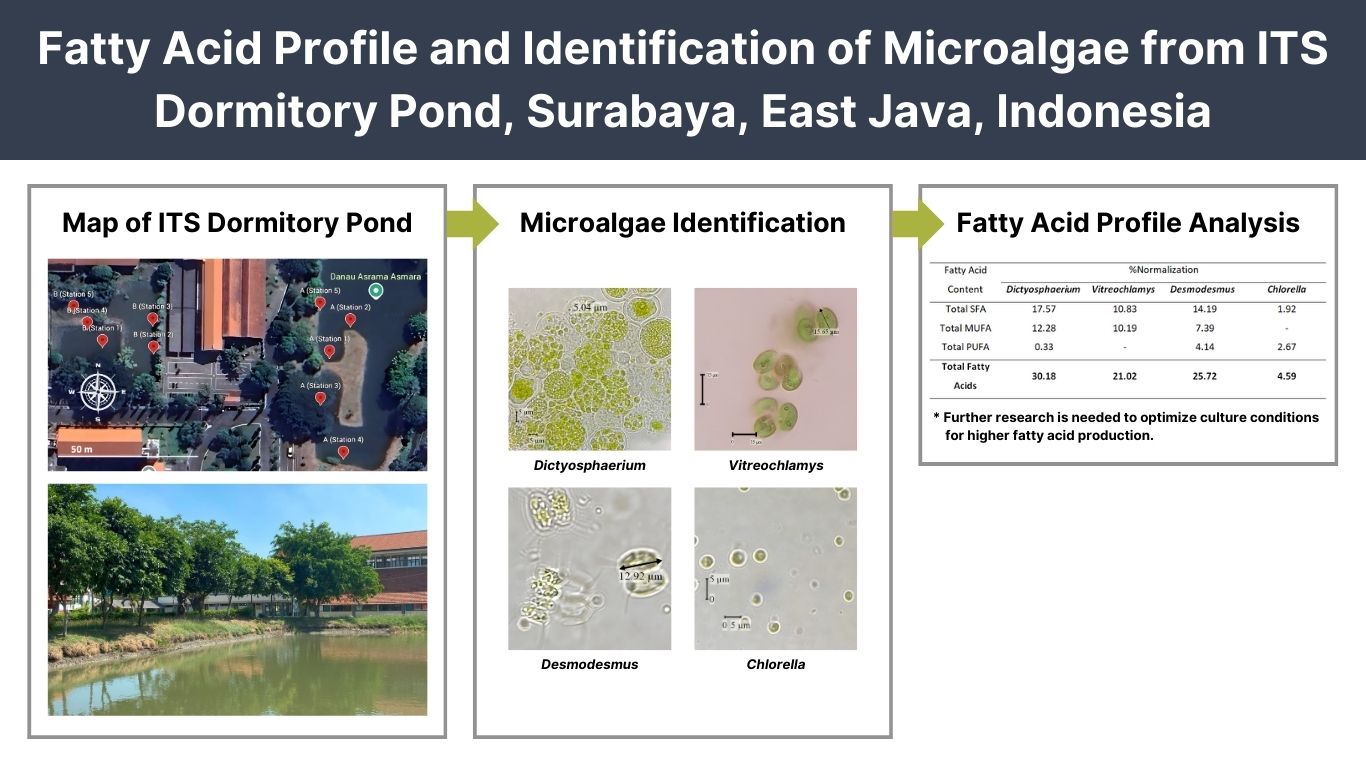SECONDARY METABOLITE OF SUMBAWA ALGAE AND ITS POTENTIAL AS NATURAL PRESERVATIVE CANDIDATES (AN ANTIMICROBIAL STUDIES)
Downloads
Pathogenic bacterial contamination was a serious matter due to its capability in reducing food quality and health. This study aimed to select various types of algae in Luk Coast, Sumbawa Regency that have the potential to produce antibacterial compounds for natural food preservatives. Algae on Luk Coast was identified by means of morphological characters, followed by sample preparation and extraction of secondary metabolites (bioactive compounds). Algae extracts were used in antibacterial tests against food spoilage bacteria, such as Escherecia coli, Staphylococcus aureus, Salmonella thypi, Enterobacter cloacae and Pantoea agglomerans. Five types of algae identified were Padina sp., Halimeda opuntia, Sargassum horneri, Sargassum crassifolium and Galaxaura rugose. The five algae have the growth-inhibiting ability toward the tested bacteria. The highest inhibition zone was obtained from the 100% algae extract concentration.
Downloads

This work is licensed under a Creative Commons Attribution-NonCommercial-NoDerivatives 4.0 International License.
Authors who publish with this journal agree with the following terms:
- Authors retain copyright and grant the journal right of first publication, with the work 1 year after publication simultaneously licensed under a Creative Commons attribution-noncommerical-noderivates 4.0 International License that allows others to share, copy and redistribute the work in any medium or format, but only where the use is for non-commercial purposes and an acknowledgement of the work's authorship and initial publication in this journal is mentioned.
- Authors are able to enter into separate, additional contractual arrangements for the non-exclusive distribution of the journal's published version of the work (e.g., post it to an institutional repository or publish it in a book), with an acknowledgement of its initial publication in this journal.
- Authors are permitted and encouraged to post their work online (e.g., in institutional repositories or on their website) prior to and during the submission process, as it can lead to productive exchanges, as well as earlier and greater citation of published work (See The Effect of Open Access).





























